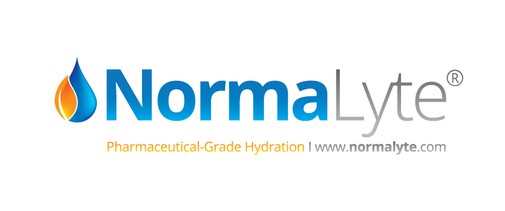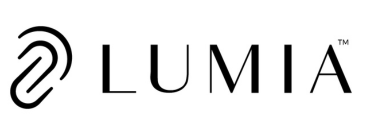In order to understand the various forms of dysautonomia, it is a good idea to learn a little bit about the basics of the autonomic nervous system (the "ANS"). The ANS is a very complex system of nerves in the brain, spinal cord, and peripheral nerves that reach out to the limbs and organs. The ANS can be divided into three main areas. The central (brain) portions of the ANS are found in the medulla oblongata in the lower brain stem, and also in the hypothalamus. The other two portions of the ANS are found in the peripheral nerves, including the Sympathetic Nervous System branch, and the Parasympathetic Nervous System branch.
The medulla oblongata is a part of the brain that regulates cardiac, respiratory, vasomotor control, as well as reflexes like coughing, sneezing, vomitting, and swallowing. The hypothalamus, another part of the brain, performs a supporting role by linking the nervous system to the endocrine system. The hypothalamus regulates body temperature, thirst, hunger, sleep and circadian rhythms in the body. Through endocrine control, the hypothalamus also plays a role in regulating blood volume and blood pressure.
The Sympathetic Nervous System is commonly associated with the "fight or flight" responses - those bodily reactions that you need to respond quickly in an emergency. When faced with a life threatening situation, your human instinct takes over and you either fight the danger you are facing, or you take flight and run away from the danger. Your Sympathetic Nervous System allows your body to do this rapidly. For example, in the face of danger, your Sympathetic Nervous system will cause bronchial dilation - this allows you to breathe better while you are fighting or running away from the dangerous situation. Likewise, your heart will beat stronger and faster, also prepping the body to fight or take flight.
The Parasympathetic Nervous System is commonly associated with the "rest and digest" responses - those bodily actions needed to restore energy and rest the body. For example, chewing food triggers the Parasympathetic Nervous System to increase production of saliva and to increase digestion in the gut. The Parasympathetic Nervous System also increases gallbladder function, which assists in the digestive process.
The following image sets out some of the notable features of the ANS.

Not shown here is the brain regulation of the immune system via the vagal cholinergic anti-inflammatory pathway adding yet another dimension to the role of the autonomic nervous system in the survival of the organism.
Image and italicized commentary Copyright (c) 2012 Vinik.
| | |




